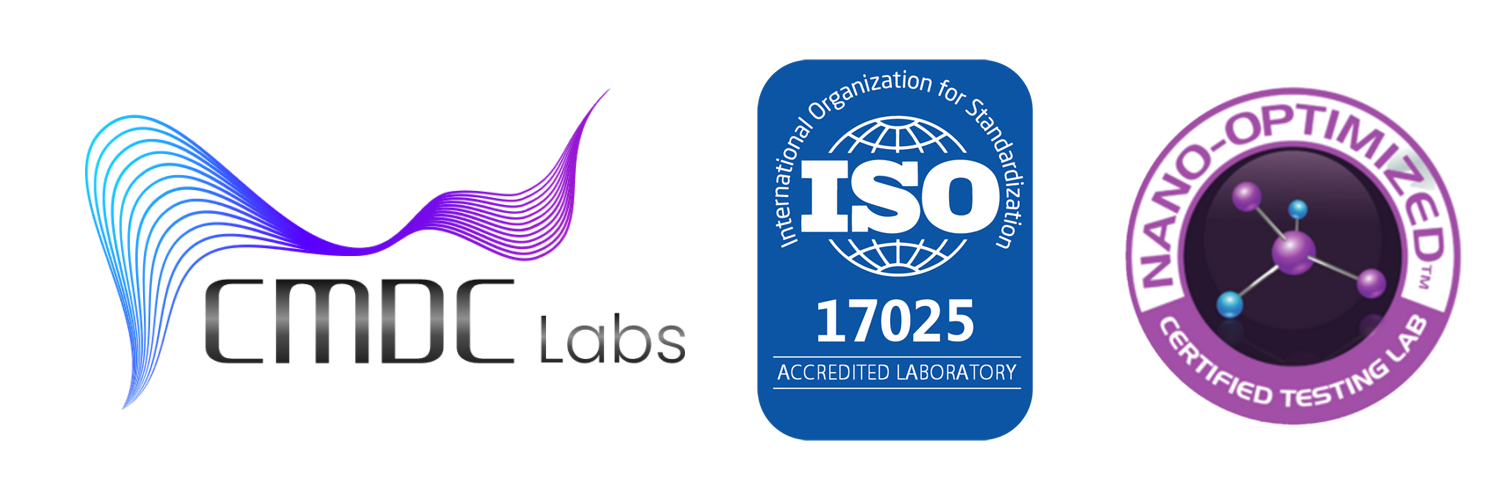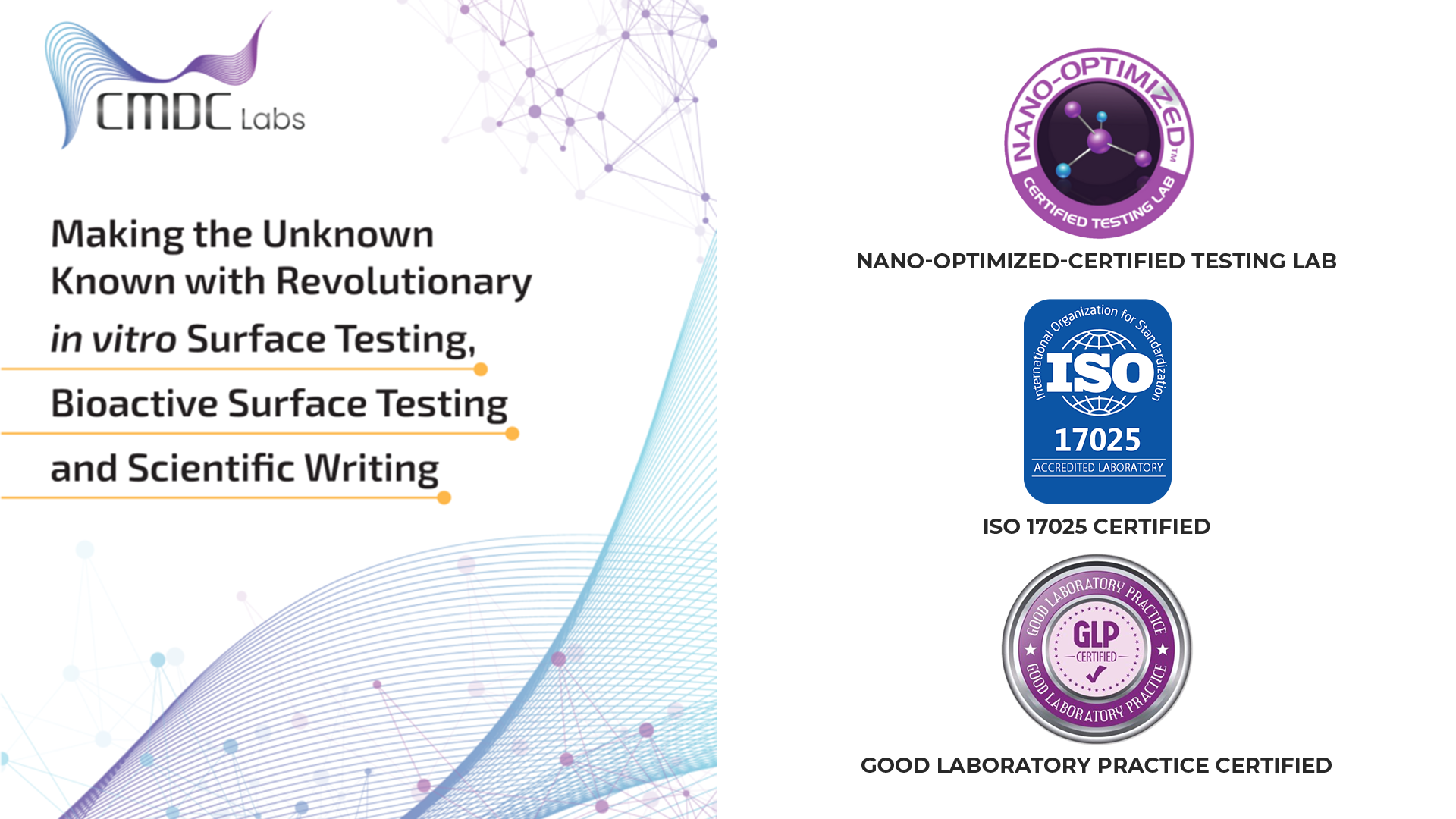ISO 11737-2 stands as a cornerstone in the field of microbiology, providing essential guidelines for bioburden enumeration in medical devices. This comprehensive standard outlines meticulous procedures for assessing the microbial load on medical devices, ensuring their safety and efficacy. In this article, we delve into the intricacies of ISO 11737-2, offering a detailed guide to its principles, methodologies, and applications in the realm of bioburden enumeration.
Understanding ISO 11737-2:
ISO 11737-2 delineates the principles and procedures for determining bioburden on medical devices, serving as a vital tool for manufacturers, regulatory bodies, and testing laboratories. The standard encompasses various aspects of bioburden testing, including sample collection, preparation, enumeration, and interpretation of results. By adhering to ISO 11737-2 guidelines, stakeholders can ensure consistency, accuracy, and reproducibility in bioburden assessment, thereby enhancing patient safety and product quality.
Key Methodologies and Requirements:
ISO 11737-2 prescribes specific methodologies for bioburden enumeration, taking into account factors such as device type, material composition, and intended use. Common techniques employed in bioburden testing include membrane filtration, direct inoculation, and pour plate method. The standard also outlines stringent requirements for sample size, incubation conditions, microbial identification, and documentation, ensuring robustness and reliability in test results. By following standardized procedures, laboratories can mitigate variability and ensure compliance with regulatory requirements.
Applications in Medical Device Manufacturing:
ISO 11737-2 plays a critical role in the manufacturing process of medical devices, facilitating risk assessment, validation, and quality control measures. Manufacturers utilize bioburden data to establish sterilization parameters, determine microbial contamination risks, and evaluate the effectiveness of sterilization processes. By conducting bioburden testing according to ISO 11737-2 guidelines, manufacturers can mitigate the risk of device-associated infections, enhance product safety, and comply with regulatory standards.
Challenges and Best Practices:
While ISO 11737-2 provides a comprehensive framework for bioburden enumeration, challenges may arise in its implementation, such as variability in sampling techniques, microbial recovery, and interpretation of results. To overcome these challenges, laboratories must adhere strictly to standardized protocols, validate test methods, and employ appropriate controls. Additionally, continuous training and proficiency testing are essential to ensure the competence and reliability of personnel involved in bioburden testing.
Conclusion:
ISO 11737-2 serves as an indispensable guide for bioburden enumeration in the medical device industry, offering standardized methodologies and requirements for assessing microbial contamination. By following ISO 11737-2 guidelines, stakeholders can uphold the highest standards of quality, safety, and regulatory compliance in medical device manufacturing. As technology advances and regulatory requirements evolve, adherence to ISO 11737-2 remains paramount, ensuring the continued efficacy and integrity of bioburden testing practices.

